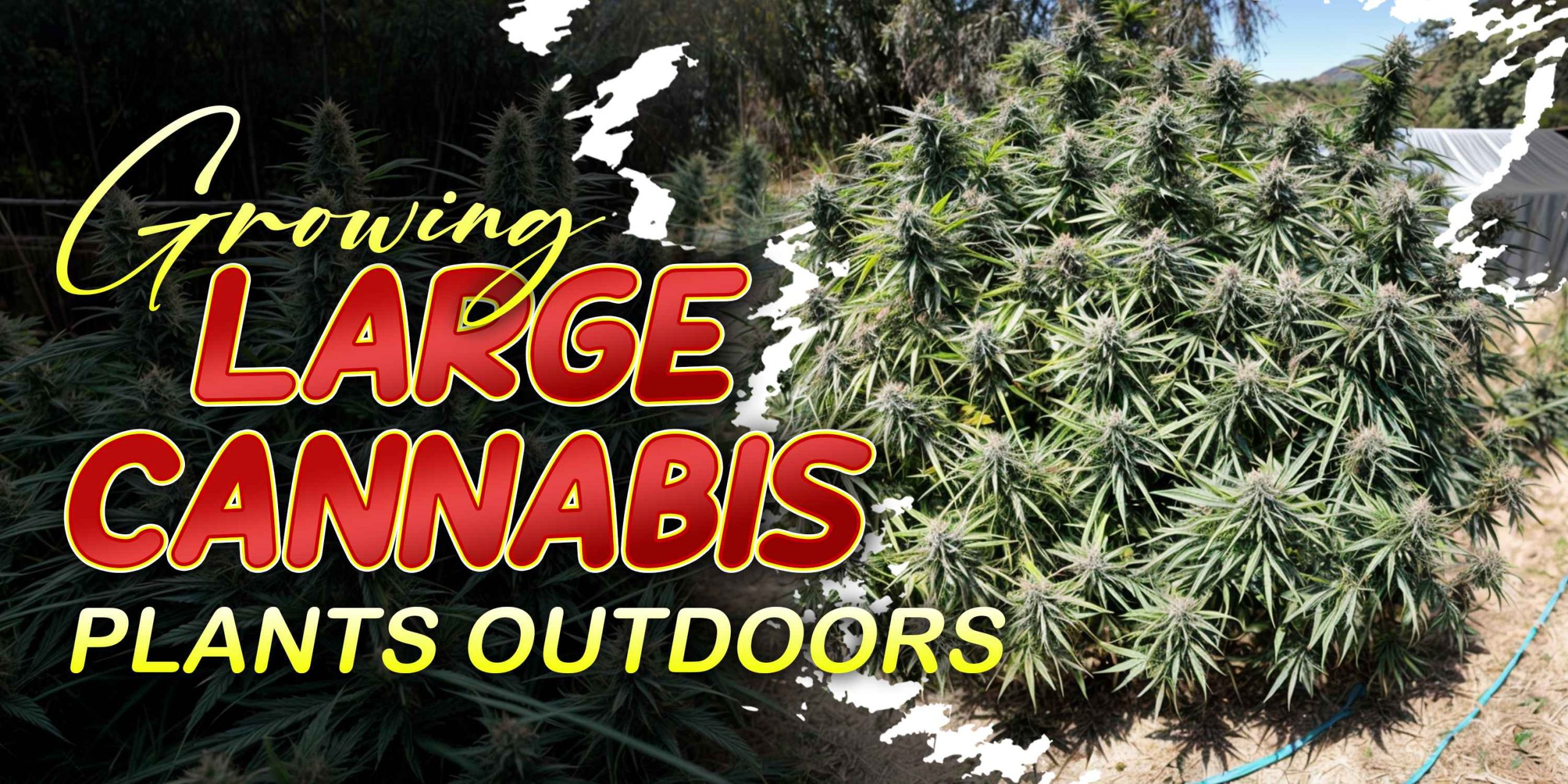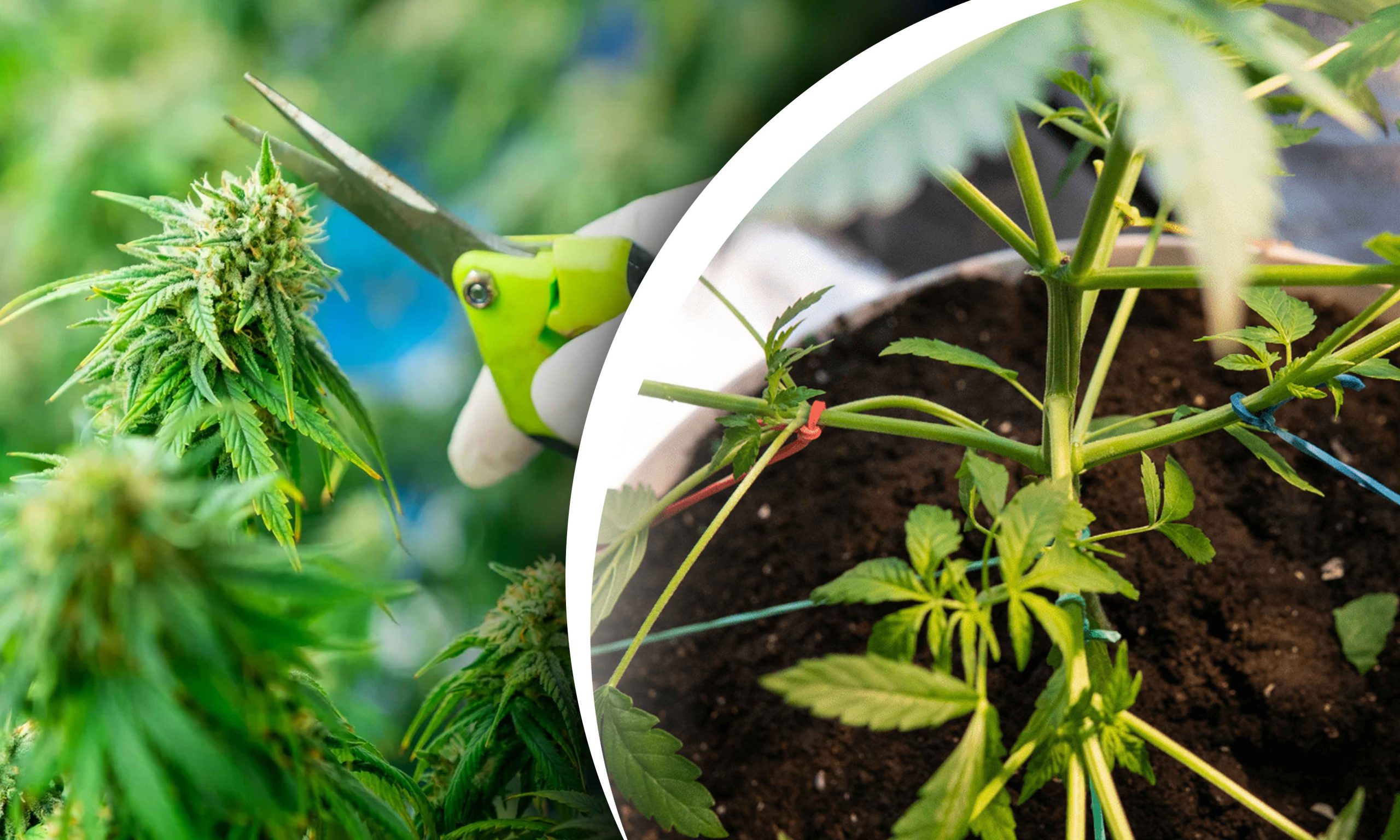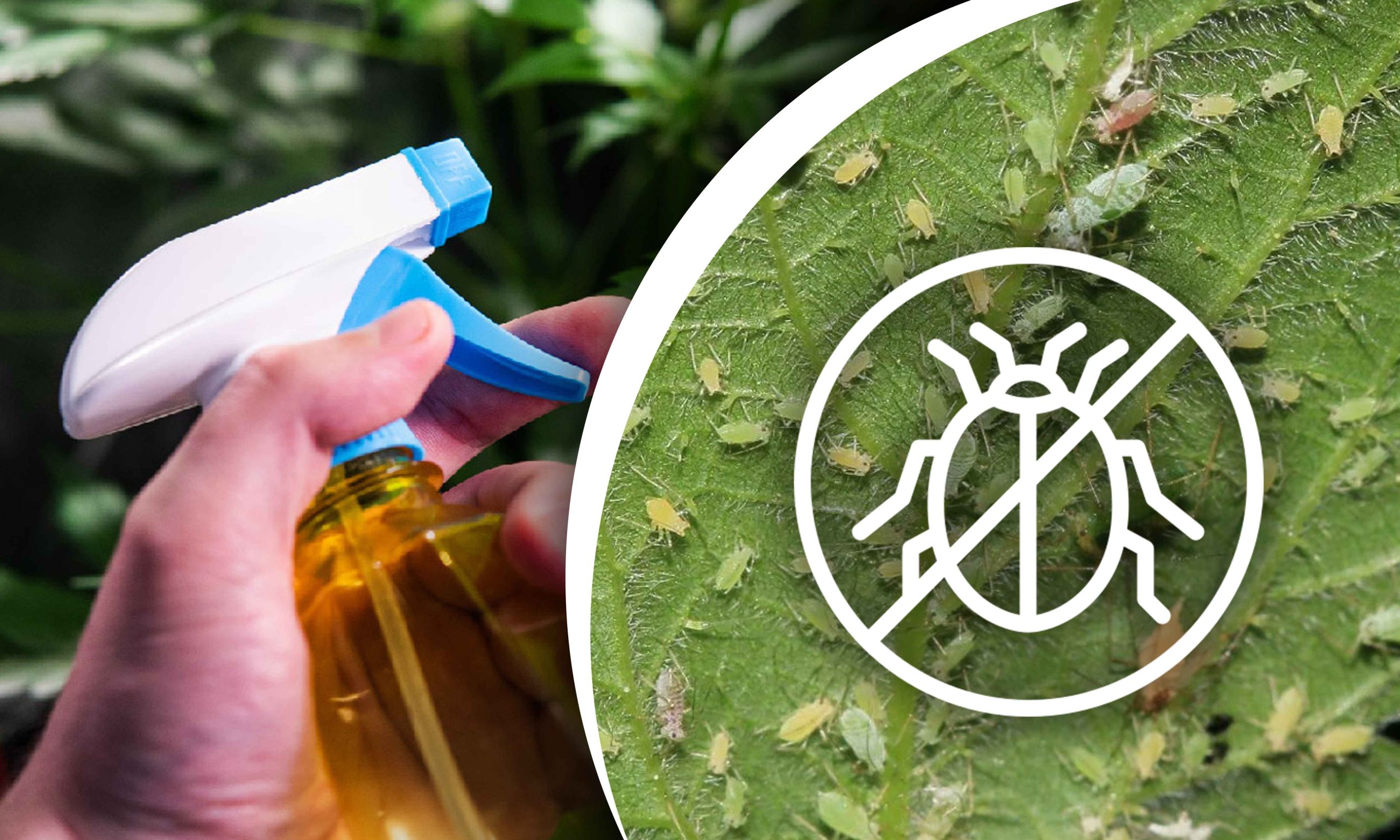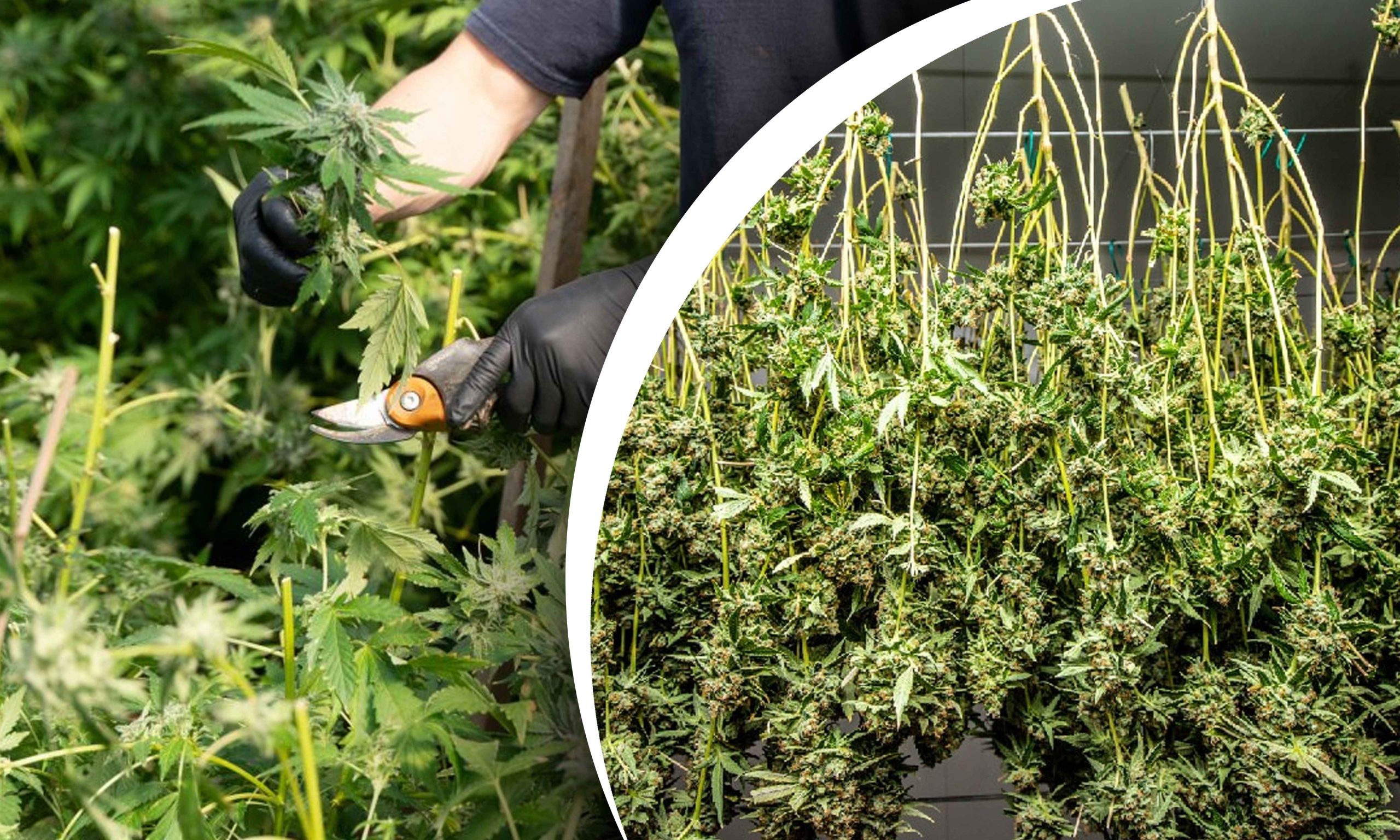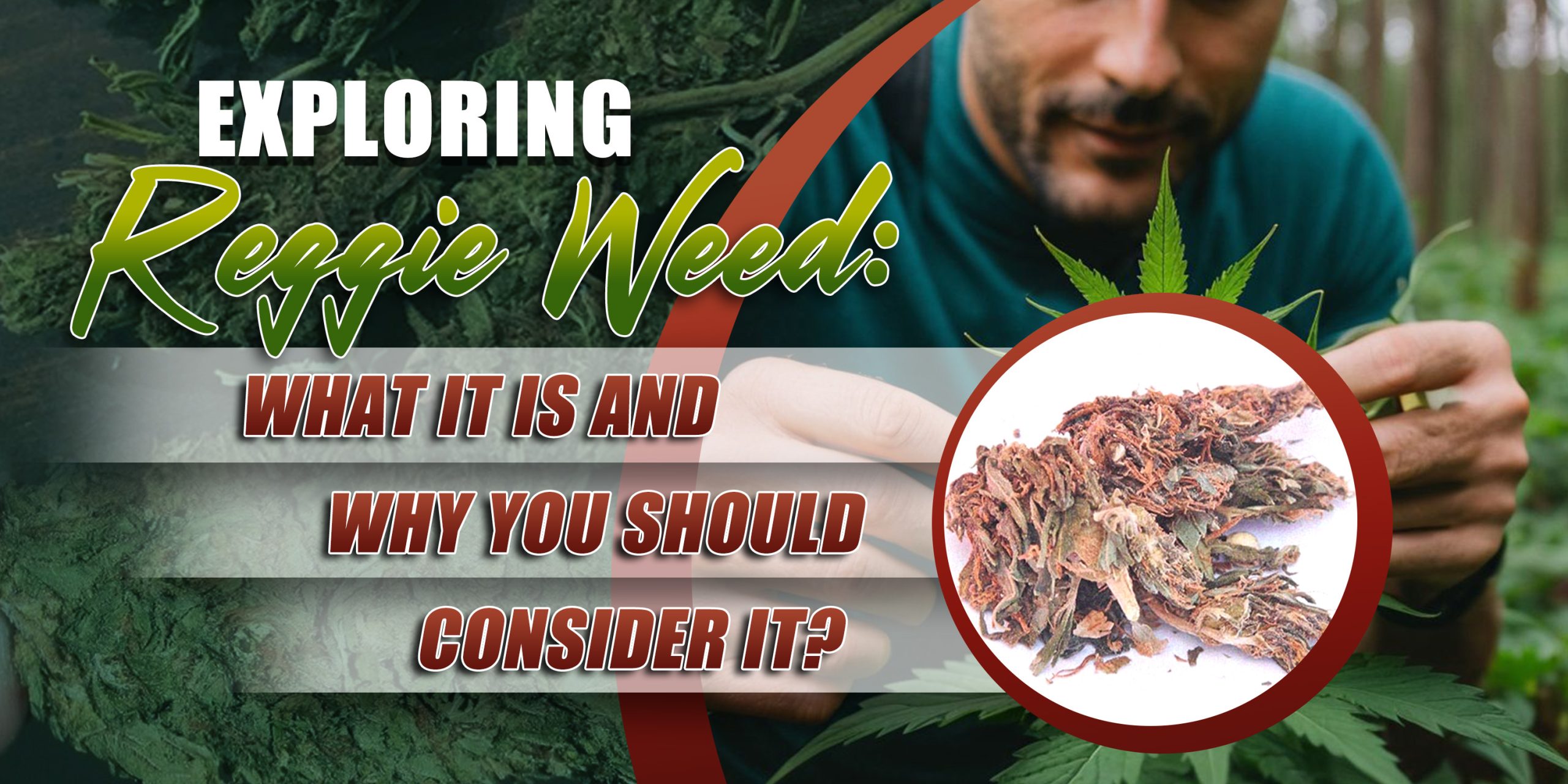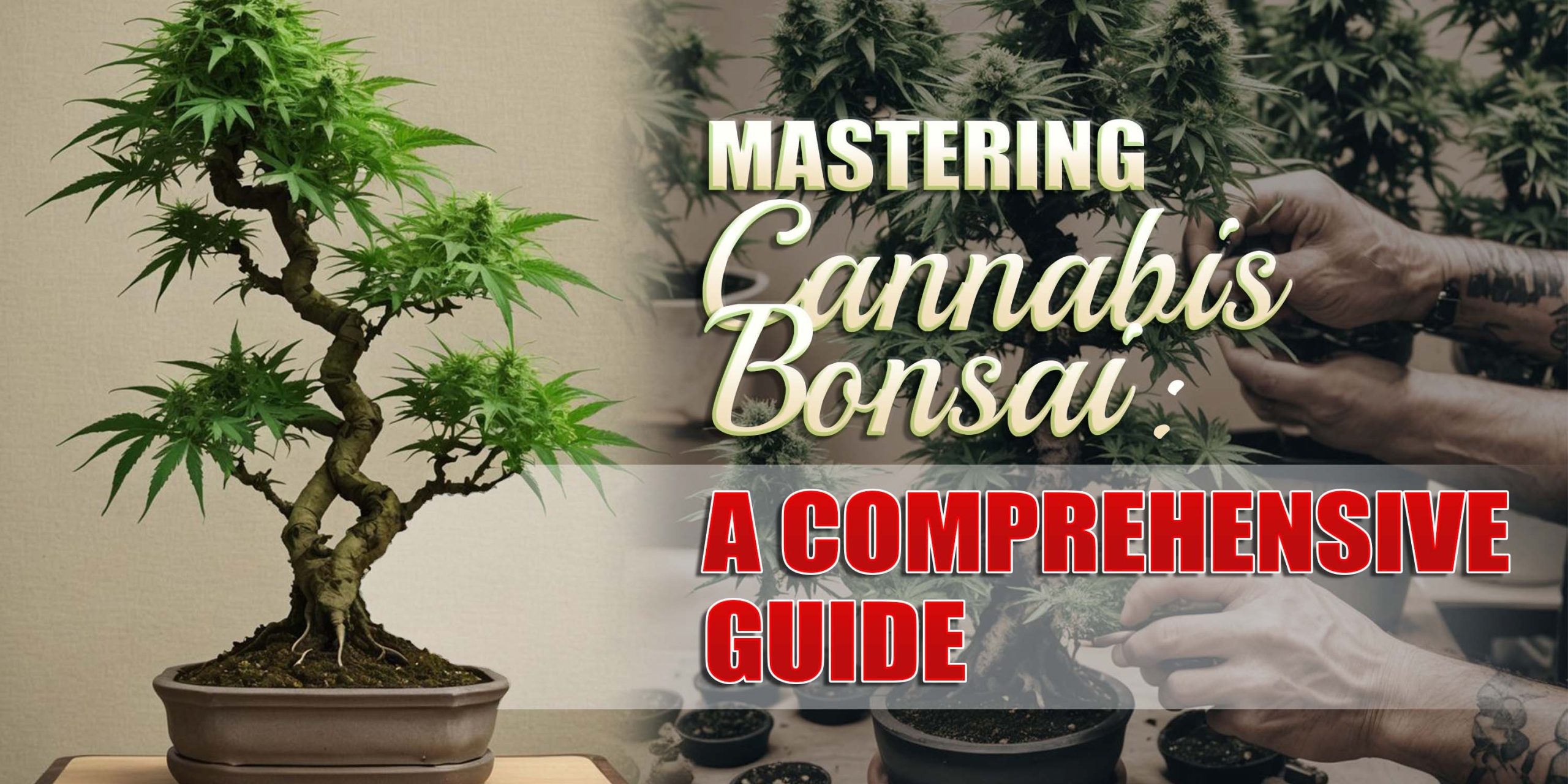In this comprehensive guide, we will delve into the intricacies of growing big weed plants outdoors. We aim to equip you with the knowledge and techniques necessary to cultivate robust and bountiful cannabis plants in an outdoor environment. Outdoor cultivation offers unique challenges and opportunities compared to indoor growing, and understanding these differences is essential for success. By following the guidelines outlined in this guide, you will be able to maximize your outdoor growing potential and achieve impressive yields.
Selecting the Right Strain
Choosing the appropriate cannabis strain is a critical first step in achieving big weed plant yields. It’s essential to consider factors such as climate, available space, and personal preferences when selecting a strain for outdoor cultivation. While some strains may excel in warm, sunny climates, others may be better suited to cooler, more temperate regions. Additionally, consider the desired effects of the strain, whether it be relaxation, creativity, or pain relief. Indica-dominant strains tend to produce shorter, bushier plants ideal for discreet outdoor gardens, while Sativa-dominant strains typically exhibit taller, more open growth patterns suited to larger outdoor spaces. Researching and selecting the right strain tailored to your specific growing conditions and preferences can significantly impact the success of your outdoor growth.
Site Selection and Preparation
Site selection plays a pivotal role in the overall success of your outdoor weed plants. When choosing a location, prioritize areas with ample sunlight exposure, good air circulation, and nutrient-rich soil. South-facing slopes or open fields are ideal for maximizing sunlight exposure throughout the day, while areas with natural windbreaks can help protect plants from strong gusts. Before planting, take the time to prepare the soil by loosening it to a depth of at least 12 inches and incorporating organic amendments such as compost or aged manure. Conduct a soil test to assess nutrient levels and pH, making any necessary adjustments to ensure optimal growing conditions.
Planting Techniques
Proper planting techniques are essential for establishing healthy cannabis plants and promoting robust growth throughout the growing season. When planting seedlings or clones outdoors, dig holes that are slightly larger than the root ball and gently loosen the roots before placing them in the ground. Ensure that plants are spaced at least 3 to 6 feet apart to prevent overcrowding and allow for adequate airflow. Water newly planted seedlings thoroughly to help settle the soil and reduce transplant shock, and consider using organic mulches such as straw or wood chips to conserve moisture and suppress weeds.
Watering and Nutrient Management
Maintaining proper hydration and nutrient levels is critical for the overall health and vitality of your outdoor weed plant. While cannabis requires less water compared to many other crops, it is essential to provide adequate moisture, especially during periods of intense heat or drought. Water plants deeply and infrequently, allowing the soil to dry out slightly between waterings to prevent waterlogged conditions and root rot. Supplemental feeding with organic fertilizers rich in nitrogen, phosphorus, and potassium can help promote vigorous vegetative growth and encourage robust flowering. Consider using compost teas or organic amendments such as fish emulsion or bone meal to provide a slow-release source of nutrients throughout the growing season.
Pruning and Training
Pruning and training techniques are valuable tools for optimizing plant structure and maximizing light penetration in your outdoor cannabis garden. Regular pruning helps remove excess foliage and improve airflow around the plants, reducing the risk of mold and mildew. Use clean, sharp pruning shears to selectively remove fan leaves or branches that are shading lower bud sites or blocking airflow. Additionally, consider employing training techniques such as low-stress training (LST), topping, or super cropping to manipulate plant growth and encourage lateral branching. By training your plants early in the vegetative stage, you can promote a more even canopy and increase the number of flowering sites, ultimately leading to larger yields at harvest.
Pest and Disease Control
Protecting your big outdoor weed plants from pests and diseases is essential for maintaining plant health and maximizing yield potential. Common pests such as aphids, spider mites, and caterpillars can wreak havoc on unprotected plants, while fungal diseases such as powdery mildew and bud rot can quickly decimate entire crops. Implementing integrated pest management (IPM) strategies is key to minimizing pest pressure and preventing infestations. This may include introducing beneficial insects such as ladybugs or lacewings to prey on pest populations, using physical barriers such as row covers or netting to exclude pests, and applying organic pesticides or fungicides as a last resort. Regularly inspect your plants for signs of pest damage or disease, and take prompt action to address any issues before they escalate.
Harvesting and Curing
Understanding the right time and method to harvest your outdoor cannabis plants is essential for maintaining their potency, taste, and smell. The timing of harvest may vary depending on factors like the type of strain, how the plants were grown, and your personal preferences. However, a good rule of thumb is to harvest when most of the trichomes on the buds have turned cloudy or amber. To check this, you can use a small magnifying tool like a jeweler’s loupe or a handheld microscope. Look closely at the trichomes, those tiny crystals on the buds. When they look mostly milky white with some turning amber, it’s time to harvest.
When your plants are ready, it’s time to carefully trim the branches and remove any extra leaves. You want to keep the most resinous buds, as they have the most potent effects. Hang the trimmed branches upside down in a cool, dark, and well-ventilated area to dry for about 7 to 14 days. During this time, keep an eye on the humidity levels to make sure mold doesn’t develop.
Once the buds are dry and feel crispy to the touch, transfer them to airtight containers like glass jars. This is where the curing process begins. For the first week, open the jars daily to let any excess moisture escape, which helps with the curing process. After that, you can gradually reduce how often you open the jars. Properly cured cannabis will develop a smooth and flavorful profile, with strong effects that last a long time. So, take your time with the curing process—it’ll be worth it in the end!
Conclusion
Growing large cannabis plants outdoors is a rewarding endeavor that requires careful planning, attention to detail, and a deep understanding of plant biology and cultivation techniques. By following the comprehensive guide outlined above, you can cultivate robust and prolific cannabis plants that yield impressive results. Remember to adapt and experiment with different approaches to find what works best for your specific growing environment and preferences. With dedication, patience, and a passion for cannabis cultivation, you can achieve outstanding results and enjoy the fruits of your labor. Happy growing!





